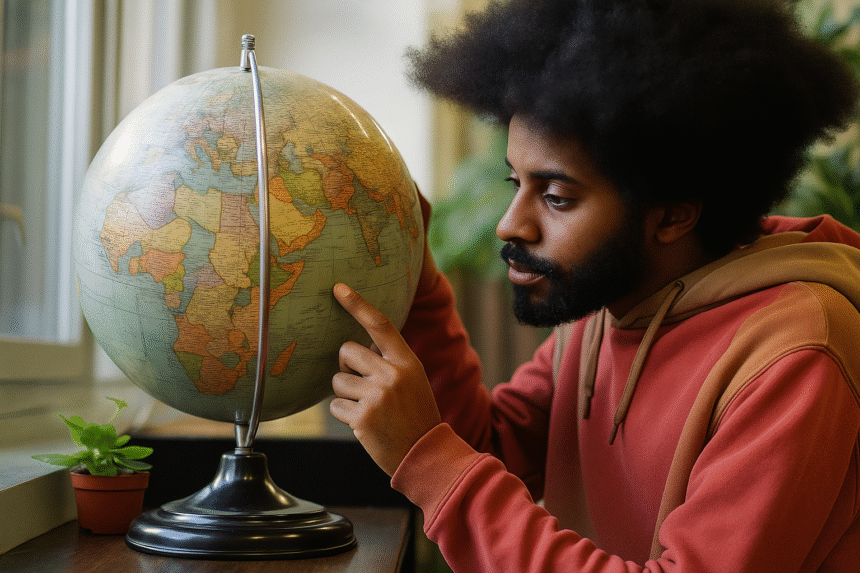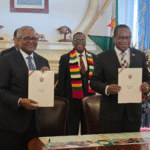The African Union (AU) has backed a global campaign to replace the 16th-century Mercator world map, which critics say distorts Africa’s size and reduces its importance.
The AU is supporting the Correct the Map initiative, led by advocacy groups Africa No Filter and Speak Up Africa. The campaign promotes the Equal Earth projection, introduced in 2018, which more accurately reflects the size of continents.
The Mercator map was created in 1569 by Gerardus Mercator for sea navigation. It preserves straight-line courses, making it useful for sailors, but it distorts scale. Regions near the poles appear much larger than they are, while areas near the equator are shown as smaller. Greenland, for example, looks similar in size to Africa, though Africa is actually 14 times larger.
Campaigners argue these distortions have reinforced false perceptions. They say Africa has long been portrayed as smaller and less significant than it really is. “This is not just about geography, it’s about identity, economics and global power,” an AU official said.
The AU wants the Equal Earth map adopted in schools, media and international organisations such as the UN and World Bank. Google has already moved away from Mercator on some platforms, and the World Bank has begun phasing it out in certain uses.
The AU’s deputy chairperson said the initiative forms part of wider efforts to reposition Africa globally, including debates on reparations and decolonisation.
Supporters believe the change could influence how Africa is viewed in education, investment and policymaking. Critics, however, see Mercator as a long-standing tradition and argue that changing maps will have little real-world effect.
Momentum for Equal Earth is growing. The Caribbean Reparations Commission has endorsed it, describing Mercator as a colonial legacy.
The AU insists the campaign is more than symbolic. “This is about ensuring Africa is represented as it truly is,” a spokesperson said.










